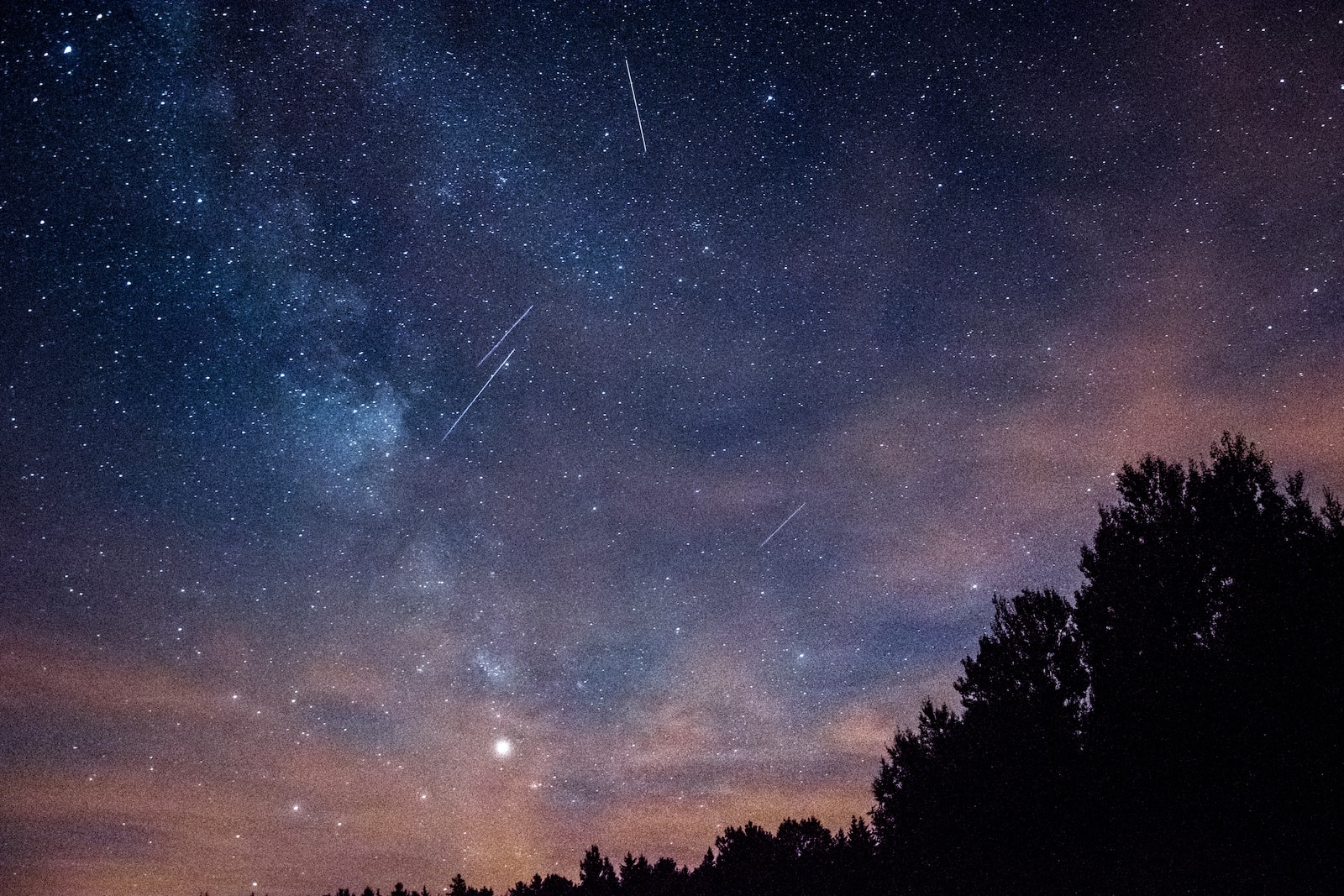Table of Contents
ToggleA Glimpse into the Cosmic Dust Trail
This November (18th November, to be exact), the night sky will transform into a stage for an awe-inspiring celestial performance – the Leonid meteor shower. This annual event occurs when Earth traverses the debris trail left behind by Comet Tempel-Tuttle. As these tiny particles, roughly the size of peas, enter our atmosphere, they collide with air molecules, generating streaks of light we perceive as meteors.
A Shower of Cosmic Fireworks
The Leonid meteor shower is renowned for its speed. These meteors blaze across the sky at an astonishing 71 kilometers (44 miles) per second, leaving a trail of incandescent beauty. While the average rate of visible meteors is around 10 to 15 per hour, the Leonid shower is known for occasionally producing spectacular meteor storms, with thousands of shooting stars illuminating the night.
Witnessing a Cosmic Event
To maximize your chances of witnessing this celestial spectacle, venture away from city lights, allowing your eyes to adapt to the darkness. The Leonids appear to radiate from the constellation Leo, but they can be seen across the entire sky.
Tips for Optimal Viewing
- Find a dark location away from city lights.
- Allow your eyes to adjust to the darkness for at least 20 minutes.
- Lie down or find a comfortable seated position.
- Scan the entire sky, as meteors can appear in any direction.
- Bring a blanket or warm clothing, as it can get chilly at night.
A Legacy of Meteor Storms
The Leonid meteor shower is particularly famous for its occasional outbursts of extreme activity, known as meteor storms. These events, occurring roughly every 33 years, coincide with the comet’s orbit around the Sun. The most recent meteor storm occurred in 2002, with observers witnessing a mesmerizing display of thousands of meteors per minute.
A Celestial Rendezvous
The next predicted meteor storm is anticipated around 2032, offering a rare opportunity to witness this celestial phenomenon. While the Leonid meteor shower is not guaranteed to produce a meteor storm every year, it remains a captivating spectacle that draws skywatchers from all corners of the globe.
Embrace the Night Sky’s Wonders
The Leonid meteor shower is a testament to the wonders that lie beyond our planet. As we gaze upon the celestial dance of shooting stars, we are reminded of the vastness and beauty of the cosmos, inviting us to cherish our place within its awe-inspiring embrace. So, mark your calendars for November 18th, step out into the night, and let the Leonid meteor shower transport you to a realm of celestial enchantment.







